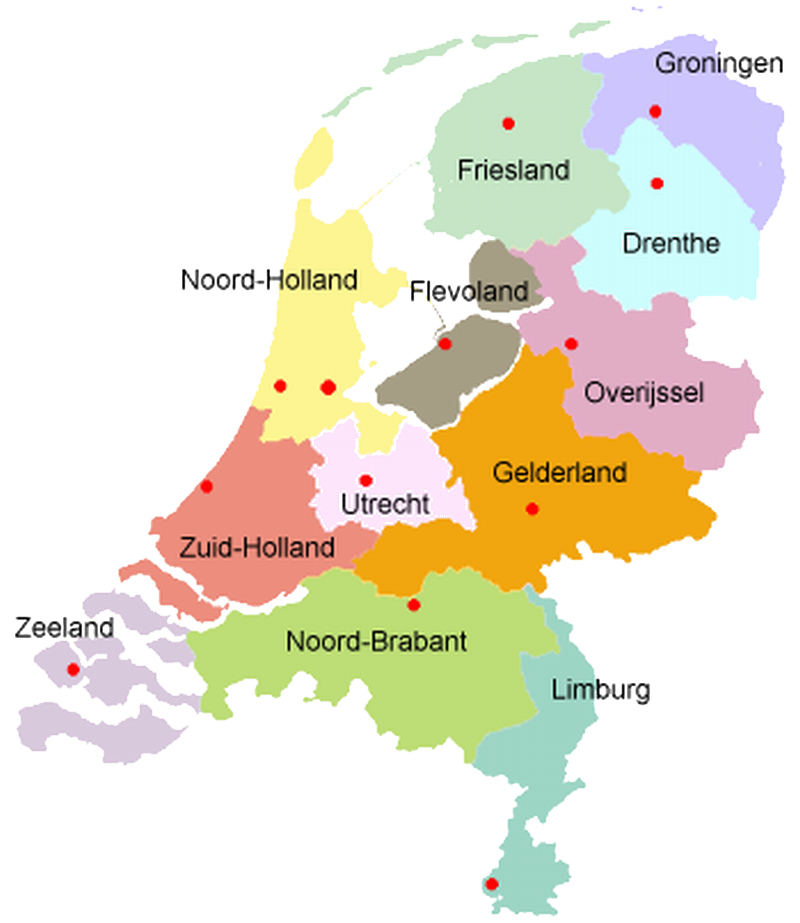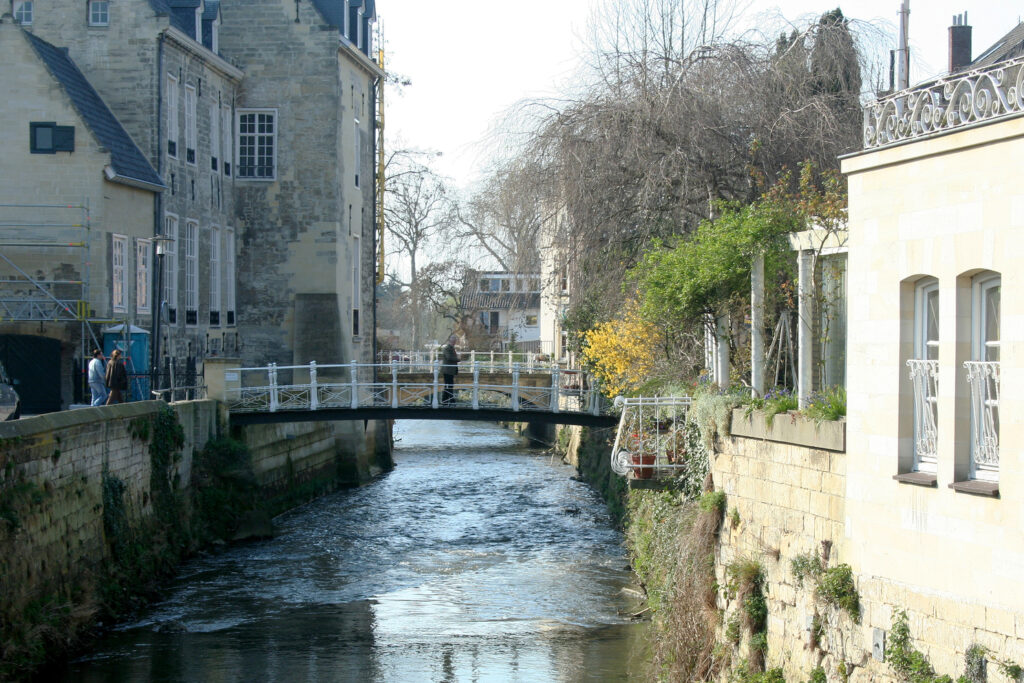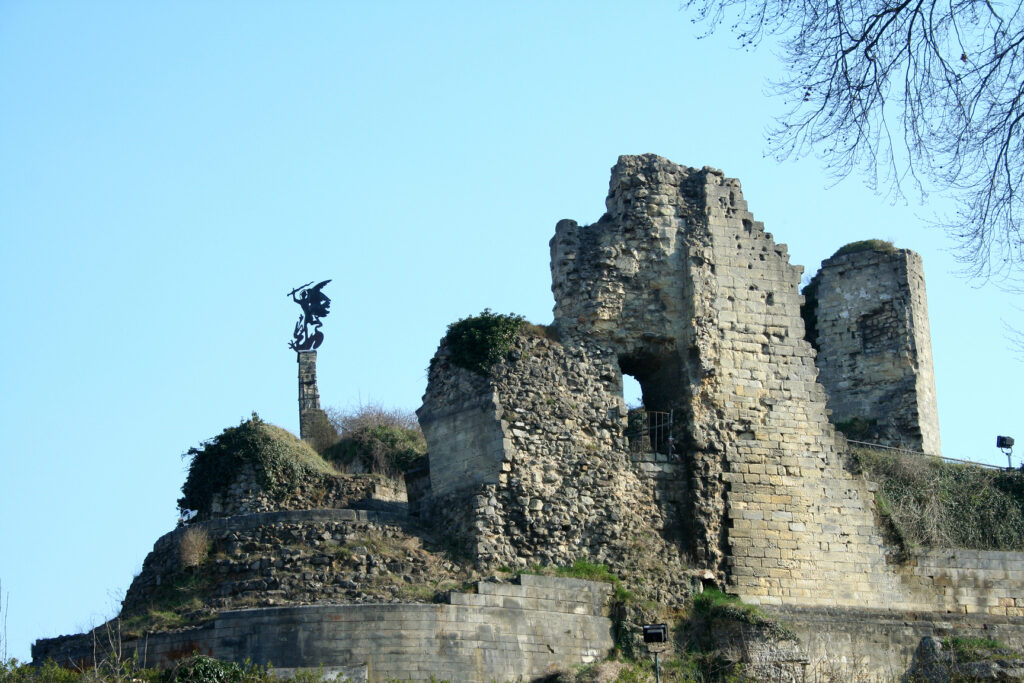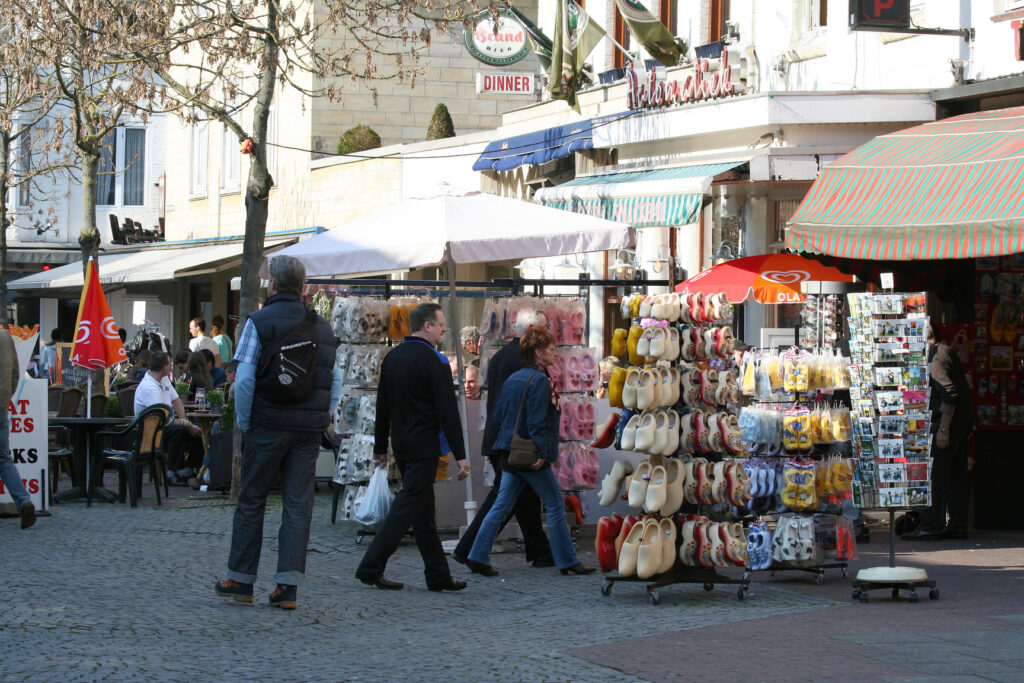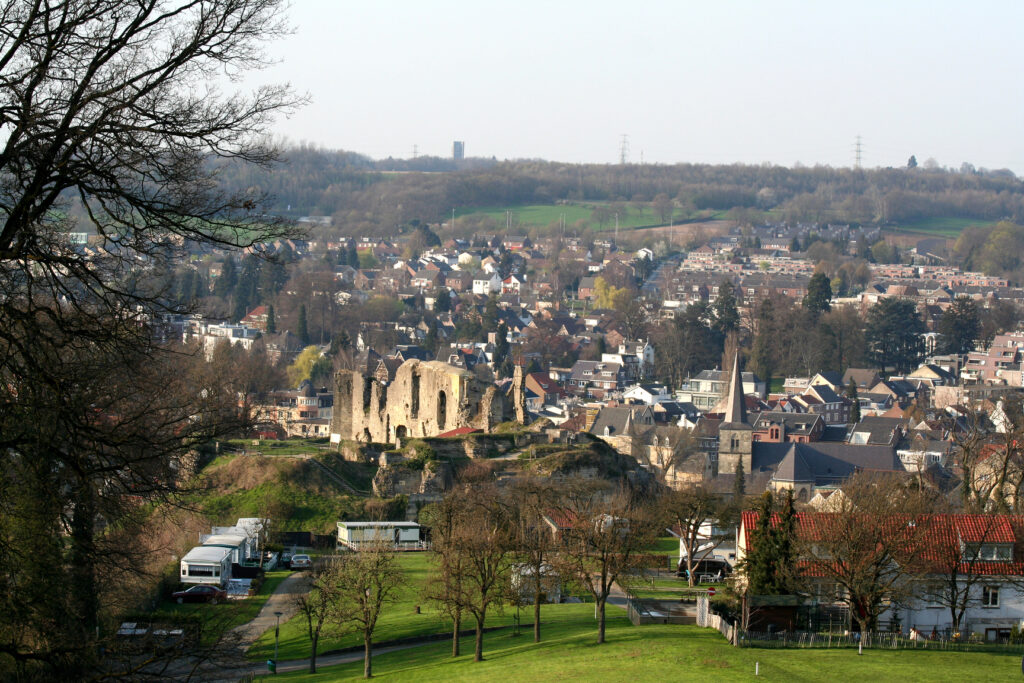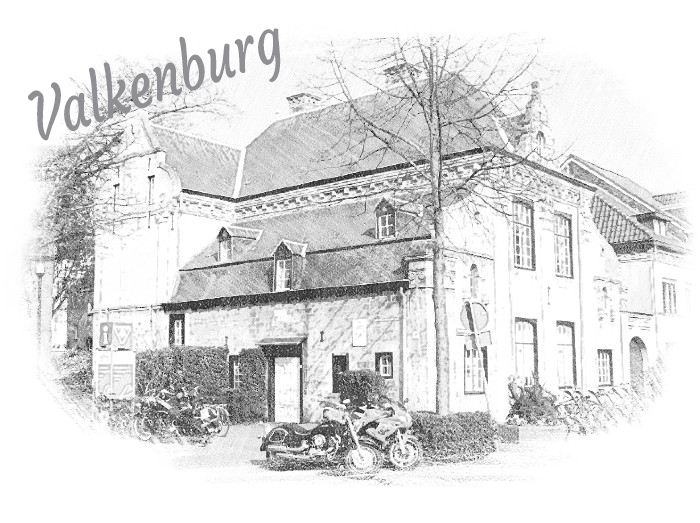
The Velvet Cave and the Gemeentegrot Cave, both used for various purposes
Valkenburg is a charming town that captivates visitors with its rich history and natural beauty. With cobblestone streets, medieval architecture, and a tranquil atmosphere, Valkenburg offers a unique blend of old-world charm and modern delights.
The town’s most iconic feature is the Valkenburg Castle, perched atop a hill overlooking the town. This medieval fortress, now in ruins, is a testament to Valkenburg’s historical significance and offers breathtaking panoramic views of the surrounding countryside. As you wander through the town’s narrow alleys, you’ll encounter cozy cafes, boutique shops, and local markets, each exuding a distinct European charm.
Valkenburg is also renowned for its subterranean wonders. The Velvet Cave and the Gemeentegrot Cave, both used for various purposes throughout history, now serve as fascinating attractions, offering guided tours through their labyrinthine passages adorned with awe-inspiring carvings and artworks.
Nature enthusiasts will find solace in Valkenburg’s verdant landscapes. The nearby Valkenburg aan de Geul boasts stunning hiking and cycling trails, allowing visitors to immerse themselves in the serene beauty of the Limburg region. The Thermae 2000 wellness resort offers relaxation with its thermal baths and spa treatments, providing a perfect balance to the town’s historical exploration.
Whether you’re captivated by history, drawn to natural beauty, or simply seeking a tranquil escape, Valkenburg promises an unforgettable experience. Its blend of cultural heritage and scenic allure makes it a must-visit destination for anyone seeking to indulge in the charm of a European town steeped in history and surrounded by nature’s embrace.
RIVER THE GEUL
The Geul is 58 kilometers long and the total decay is about 250 meters.
Earlier canalizations have been or will be abolished in 2010, so that the river can follow its old course and meander naturally through the South Limburg landscape again. De Geul is home to a flora and fauna that is special to the Netherlands. In the fast-flowing water the elrits, dotted alver and the brook trout occur. At the headwaters one finds the zinc pansy. In the hills near Valkenburg lives a small population of the yellow-bellied fire path. In many trees along the Geul grows the mistletoe.
In July 2021, the Geul flooded after a period of heavy rain. This caused flooded meadows and streets, in Valkenburg a bridge washed away and residents of the center had to be evacuated.
Valkenburg Castle
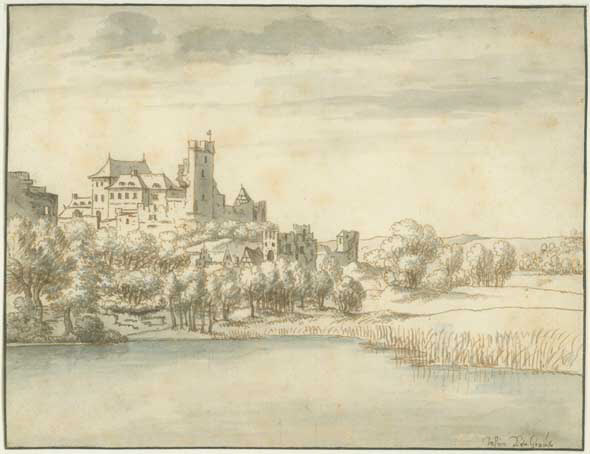
On 26 May 1672, at the beginning of the Dutch War, Valkenburg Castle was taken by French troops with the aim of conquering Maastricht. When State troops succeeded in recapturing Valkenburg on 6 December,
it was decided to destroy the castle and the city walls in such a way that the fortified city could never again pose a threat to the aforementioned city. The high castle was blown up by order of Stadtholder William III and the fortress dismantled. Only two city gates (the Berkelpoort and the Grendelpoort) and part of the city walls survived the destruction. The mighty high castle was still only a ruin.
Tourism

 Around the middle of the nineteenth century, a new source of income developed in the hitherto mainly agriculturally oriented town: tourism.
Around the middle of the nineteenth century, a new source of income developed in the hitherto mainly agriculturally oriented town: tourism.
The opening of the Aachen – Maastricht railway line in 1853 with Valkenburg station (the oldest station building still in use in the Netherlands) was an important step towards opening up the previously relatively isolated area. In order to provide the initially mainly well-off tourists with information and entertainment, the first tourist office in the Netherlands was founded in Valkenburg in 1885. Valkenburg is also said to have suffered the first fatality in a car accident in 1901.

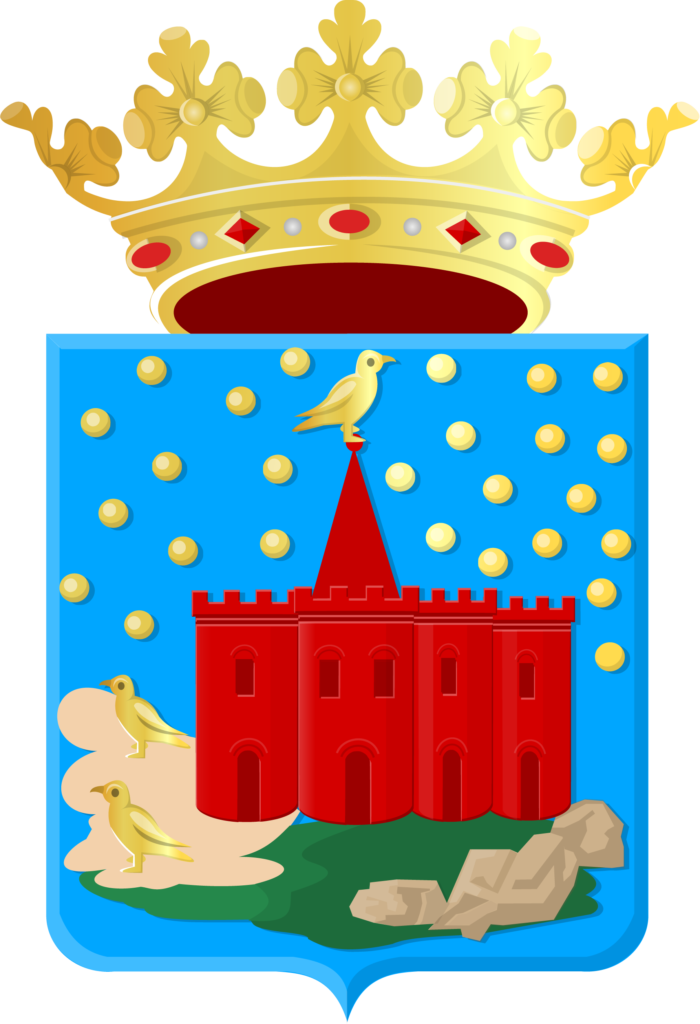
The Coat of Arms of Valkenburg is a distinctive design that features a red shield with a white stripe running diagonally from left to right, separating two symmetrical golden eagles. The eagles are facing each other and are standing on their left legs, with their right legs raised and wings spread out. Above the shield rests a golden crown that represents the city’s former status as a fortified town with castle walls.
The two golden eagles on the Valkenburg Coat of Arms symbolize strength, power, and courage. These birds of prey have long been associated with royalty and nobility, as they are known for their keen senses and fierce hunting skills. The red shield with the white stripe represents the geographic location of Valkenburg, as it is situated between the River Meuse and the River Geul.
Overall, the Coat of Arms of Valkenburg serves to encapsulate the rich history and cultural significance of this unique Dutch city.
The Wilhelmina tower
The Wilhelmina tower is a viewing tower in the south Limburg town of Valkenburg in the Netherlands.
The thirty-meter-high national monument from 1906 stands on the Heunsberg and offers a wide view over the hills of South Limburg. The tower is accessible via a hiking trail or a cable car from the center of Valkenburg. From Sibbe, the tower can also be reached by car via the Heunsbergerweg.
The construction of the tower was initiated by the Kurcommissie Falcobergia, a competing association founded in 1895 for the Valkenburg Association for Alien Traffic Het Geuldal, founded ten years earlier. Both associations aimed to promote the emerging tourism in Valkenburg.






